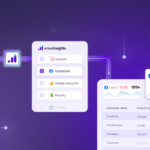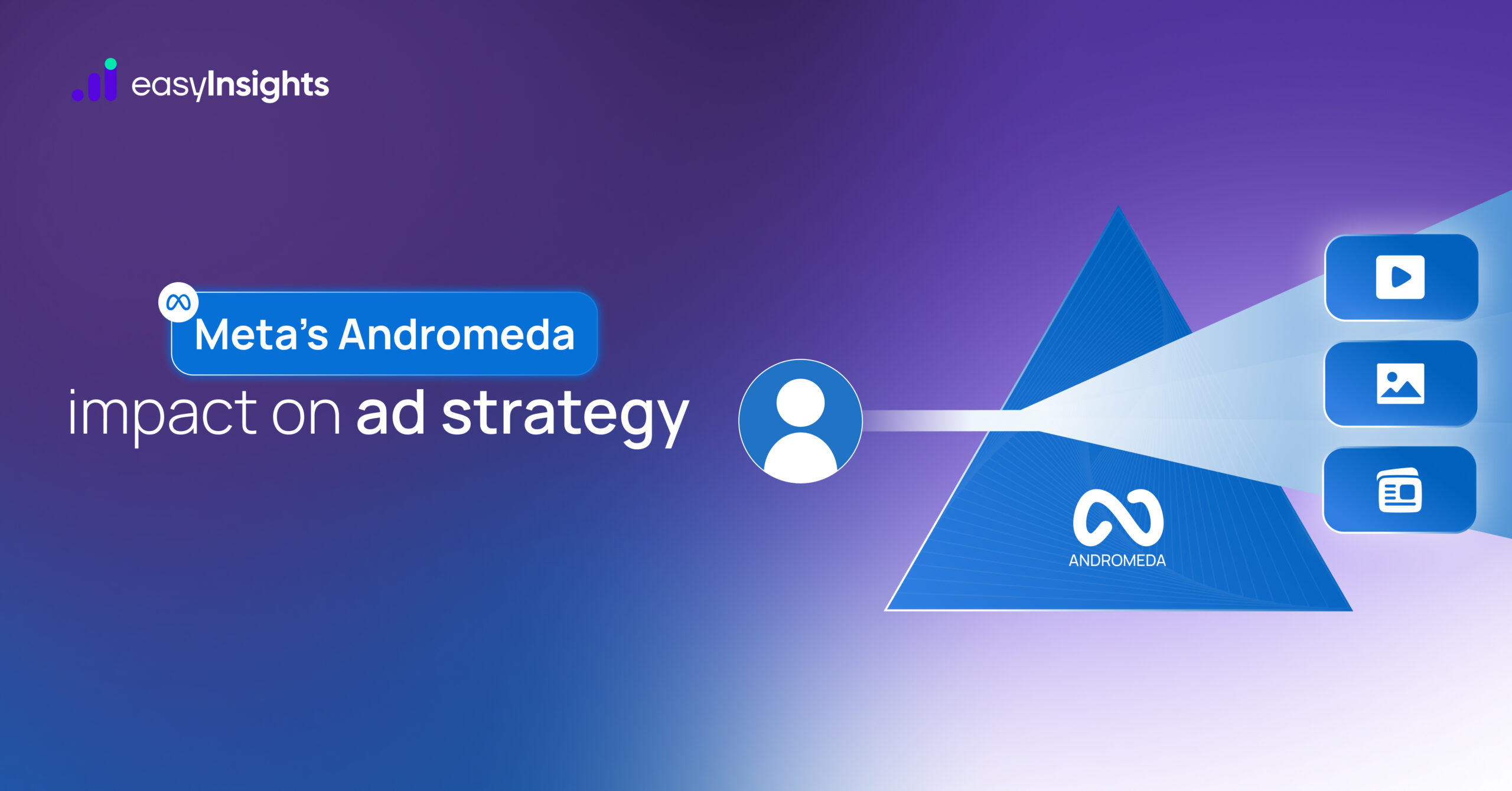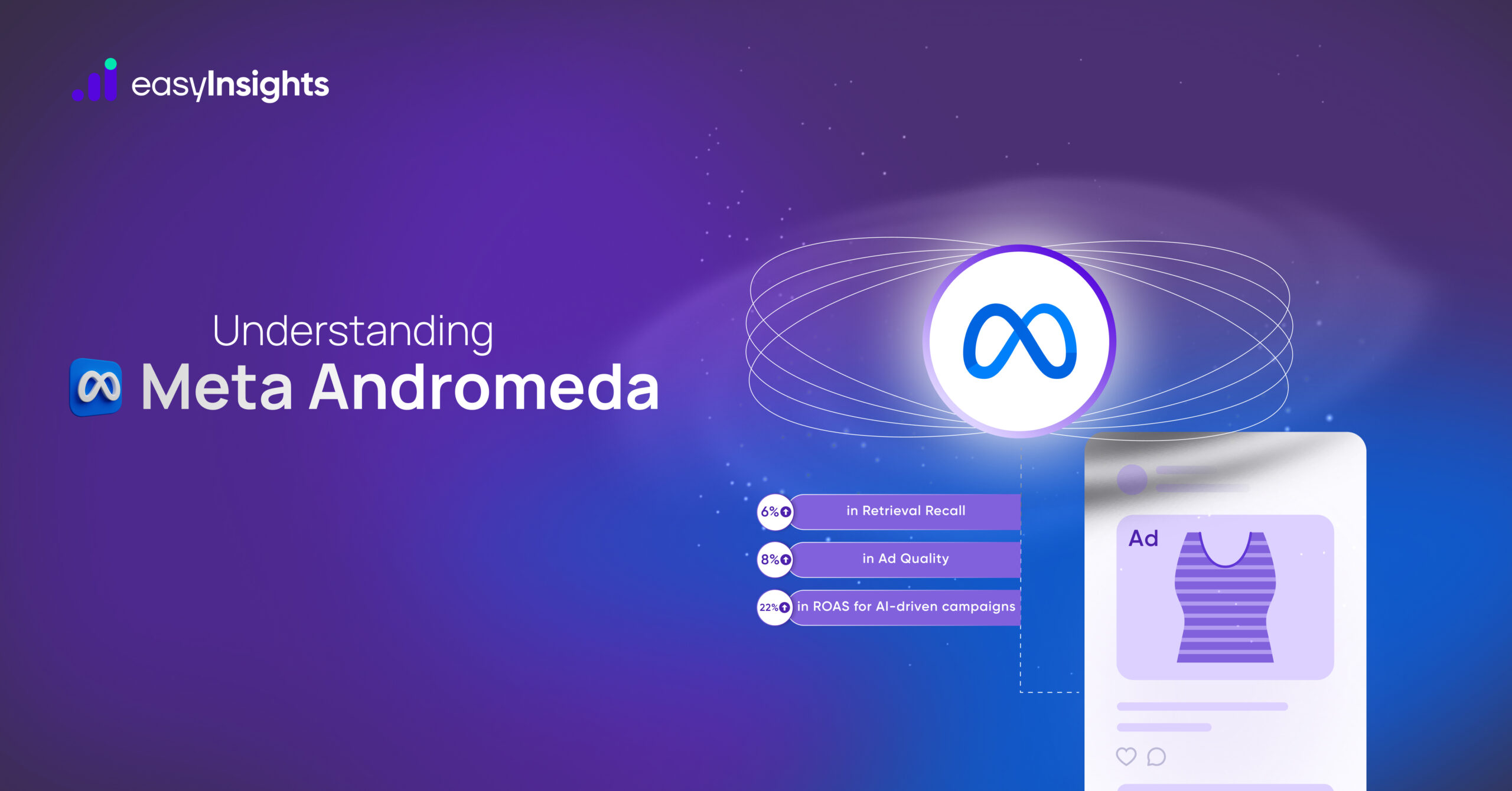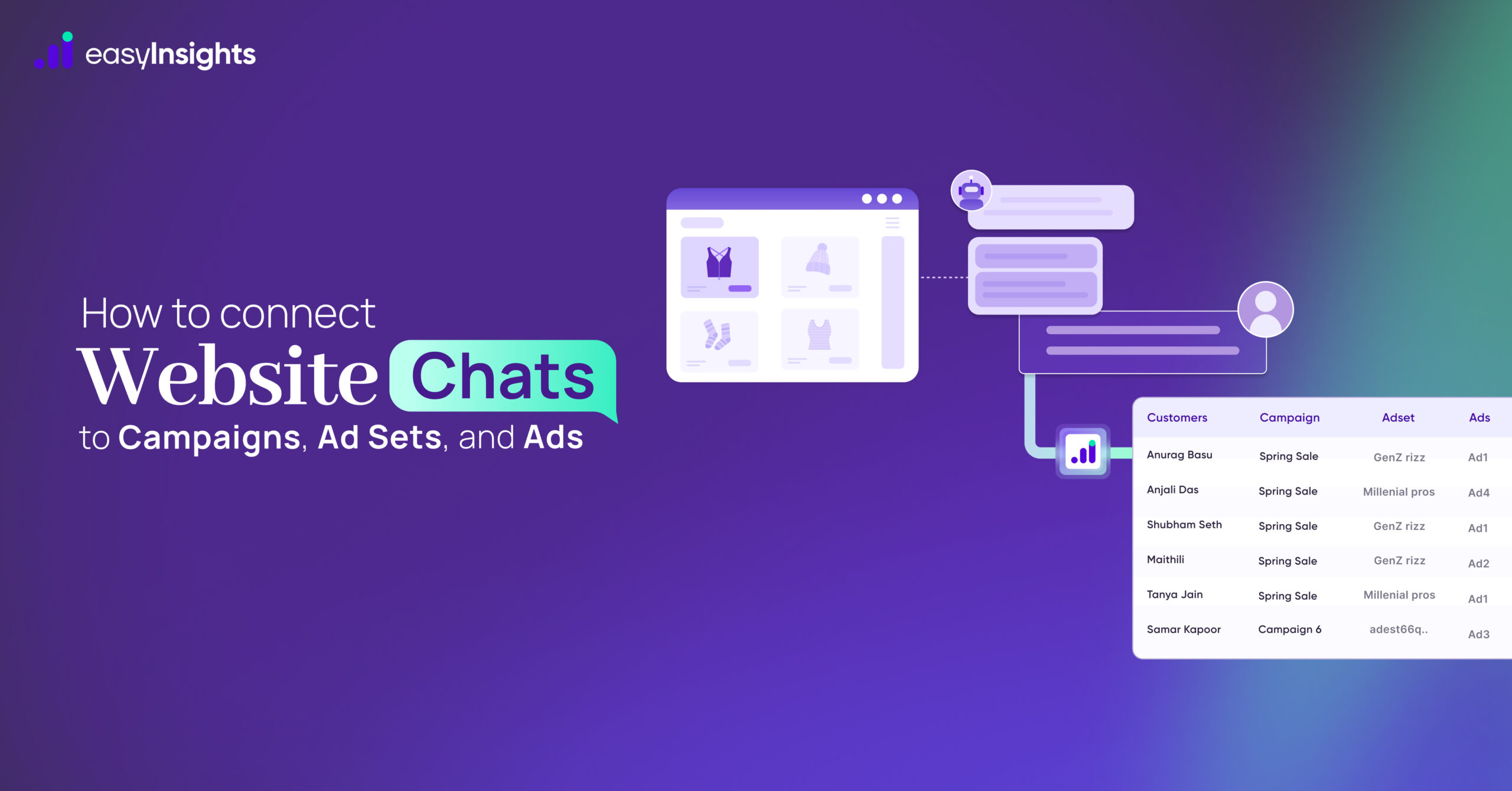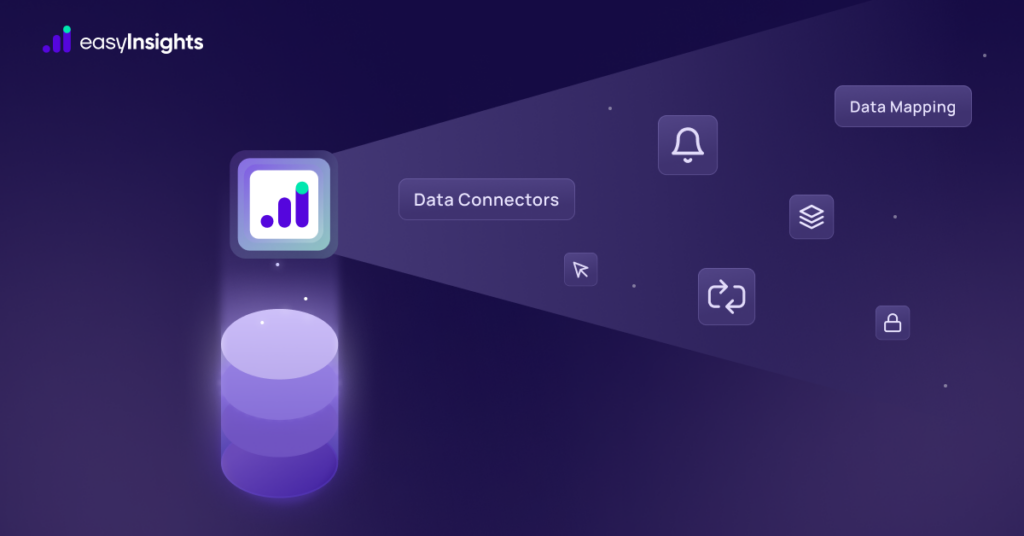
Businesses, on average, use 130 SaaS applications, generating a substantial amount of data. The challenge lies not in the collection but in effectively analyzing and syncing this data back to CRMs and marketing automation tools. This necessity has led to businesses exploring a Data Activation Platform.
But there’s more to data activation platforms than just syncing customer data downstream. It’s about aligning the platform’s capabilities with your unique needs and empowering your team to access and experiment with data.
So, to help make the right investment, we’ve created this comprehensive guide for evaluating a data activation platform.
Jump ahead to:
Things to Consider When Evaluating a Data Activation Platform
A data activation platform must help you create downstream data pipelines from your data warehouse to your numerous business applications. It should help you transform raw data into actionable models, analyze key metrics, and democratize this intelligence across teams and departments.
Review a data activation platform based on these six key considerations, and you’ll have the perfect solution to activate your business data:
1. Quality and Quantity of Data Connectors

If you already have a robust infrastructure of tools sending data to your warehouse, you know the importance of good data connectors. They are equally essential here as well. But the difference is that they facilitate the outflow of data from the warehouse.
You also know that no solution offers every connector for all your applications. So, the key is to prioritize quality and evaluate a product based on:
- High-Level Assessment
Look for platforms whose standard offerings include the majority of connectors you need. You must also ensure they are feature-rich, secure, and fully compatible with their respective destination applications.
- Individual Connector’s Assessment
Each connector should integrate seamlessly with business tools and support diverse data structures. They must also support all objects within an application for smoother data synchronization.
- Custom Connectors
A lack of data connectors is never a dead-end. So, ensure your vendor also offers custom connectors using webhooks and APIs as needed.
Additional Read: Improving Your Data Pipelines to Power BI using EasyInsights
2. Sync Performance and Reliability
Research revealed that one hour of downtime costs businesses up to $300,000. Similarly, the cost of bad data can reach $9 million/year. So, it is crucial to assess a data activation platform’s capability to sync data accurately and consistently.
There are two ways to go about it – manual and automatic sync. Opting for automatic sync is often the more efficient choice, as it significantly saves time, allowing you to focus on other critical tasks. However, when considering automated synchronization, keep the following key points in mind:
- Automated Sync Scheduling
You must have options to sync your data either continuously in real-time or set a schedule for automated syncs like daily, weekly, and so on. The choice between the two depends on how often and quickly you want access to the latest data.
- API Rate Limits
Data activation platforms will only let you make a certain number of sync requests to their APIs over a period. You must make sure that API rate limits are reasonable and can accommodate all your sync requests without exhausting your quota.
- Batch Sync
Batch or incremental sync relies on a diffing file to verify if any data has changed since the last request and only syncs the data that changes. This specifically helps with data deduplication and prevents API quota exhaustion.

- Uptime
The industry standard of 99.999% service uptime or availability applies to data activation platforms as well. After all, you don’t want to wait for data to sync due to loss of network or API rate limits. Also, if the sync fails, the platform should automatically retry and alert your teams.
Additional Read: Overcoming Limitations of Google Analytics 4 API Quotas with EasyInsights
3. Monitoring Tools for Observability
Monitoring tools are primarily for your data teams to help them identify issues in your activation workflow and quickly resolve them. Even stats show that teams with decent observability tools can reduce mean time to resolution (MTTR) by up to 50%.
While your data engineers and analysts are experts at what they do, here are some features they’ll definitely need in your new activation solution
- Alerts
The platform should issue alerts whenever there’s a sync failure, missing or invalid data, or any other issue with the system. It should be able to deliver error messages to your team via email or communications apps such as Slack.
- Real-Time Debugging
Real-time debugging allows data teams to investigate and rectify issues as they occur. It is important from the perspective of issue resolutions and attaining operational efficiency.
- Logging and Audits
The data activation platforms should maintain detailed logs of every transaction, be it an API request, changes to the data model, lists of users and their sessions, logs of successful and failed syncs, etc. These logs should also be stored within your warehouse for your team to test and analyze.
- Version Control
Version control is essential for data teams as it allows them to track and approve changes made to the data models and syncs. In case there’s an issue, it also helps them roll back a previous version in the working state.
Additional Read: Google Ads & Microsoft Ads: 9 Innovative Tactics for Campaign Success
4. Features of Non-Tech Users
With a data activation, you essentially aim to empower your marketing, sales, and finance teams to leverage data in decision-making. For that, your activation platform should be easy to use and offer features like:
- Point-and-Click Data Mapping
The data activation solution must make it easy for non-tech users to create and manage integrations. Instead of relying solely on SQL, it should offer a point-and-click interface to map data from the source to the destination.

- Visual Audience Builder
A no-code audience builder greatly benefits your marketing team by allowing them to easily create and record customer data fields in the destination tool. It also lets them segment data, build targeted audiences, and seamlessly sync these across various marketing tools, thus eliminating the manual process of exporting and uploading CSV files.
- Self-Service Analytics
Self-service analytics in a data activation platform democratize data access, enabling users to independently analyze and visualize data for informed decision-making, thereby reducing dependency on IT teams and fostering a data-driven culture within the organization.
5. Security Features
A report revealed that almost 40% of businesses suffered a data breach in their cloud environment last year. Given your data activation platform will transfer large volumes of user data between systems, prioritizing security and privacy compliance is paramount.
A thorough evaluation of the platform should include assessing key security features and compliance measures like:
- Data Ownership
The platform must store all the diff files and data snapshots with the source, i.e., in your data warehouse. Also, it should retain that data only for the necessary duration. This way, you remain in total control of all your data. Not only that, you remain compliant with privacy norms like GDPR.
- Data Encryption
You must ensure that the vendor provides robust encryption for both transferring and storing data. Effective encryption safeguards sensitive information against unauthorized access and is a critical requirement for compliance with security standards such as SOC 2 and HIPAA.

- Vendor Compliance
Your vendor must use only secure APIs and webhooks for developing and integrating connectors. They must also actively assist in managing access control and validating data models to maintain high standards of security.
6. Pricing Model for Data Activation Platforms
Finally, we are at the most important consideration – the pricing. Typically, data activation platforms offer tiered licenses with usage-based pricing. Here are two prevalent pricing models in this software category:
- Field-Based Pricing
This model charges you based on data synced in each field in the destination app. Here, you must prioritize fields that are vital to your business. As you scale, this pricing model can become expensive so you must also consider how your data fields may increase or change in the future.
- Connector/Integration-Based Pricing
As the name suggests, this model charges you for the connectors you use. That means you’ll have to identify which integrations are essential and will be used more frequently than others. More connectors mean higher cost. So, if you anticipate needing more connectors in the future, factor in these potential cost increases.
Additional Read: GA4 Audiences: A Marketer’s Guide
Data Activation is Done Right with EasyInsights
Data activation platforms remove the hurdles related to accessing data, modeling and analyzing it, and making it available across operational tools. When investing in one, use our guide to evaluate your options and pick only the best data activation platform for your organization.
Experience the power of data activation with EasyInsights, a next-gen data automation platform. It features robust reverse ETL (Extract, Transform, Load) capabilities, allowing you to sync data directly from your warehouse to any business tool in your tech stack.
EasyInsights also offers a no-code interface, allowing you to leverage self-service analytics through dashboards and visualizations. Moreover, auto-refresh and real-time monitoring ensure your downstream integrations provide you with all the latest data without delay.



